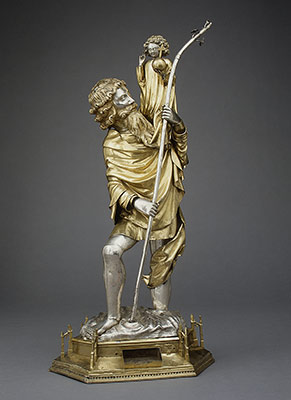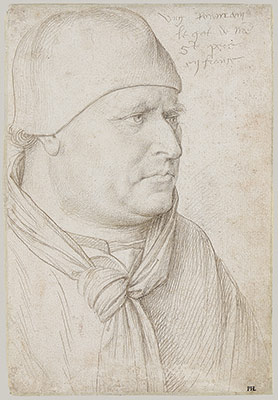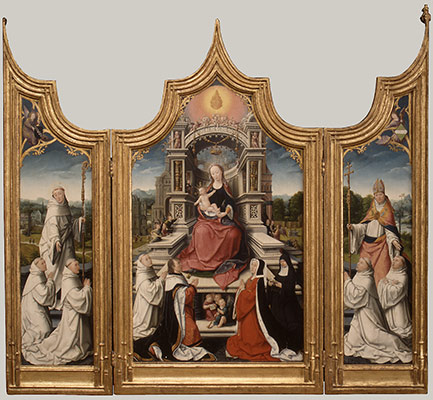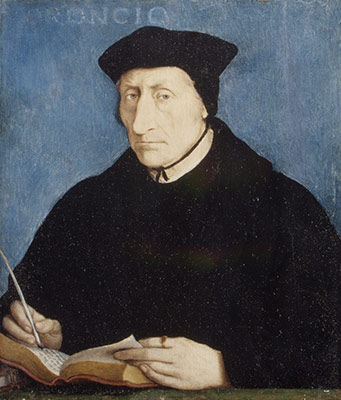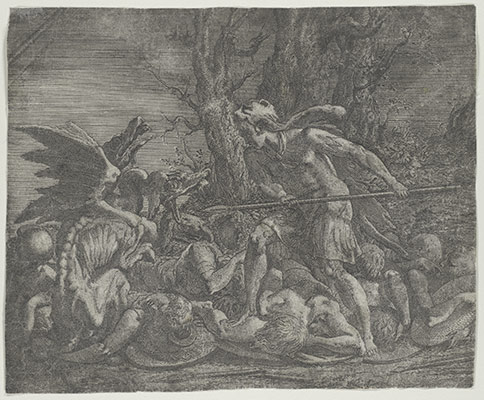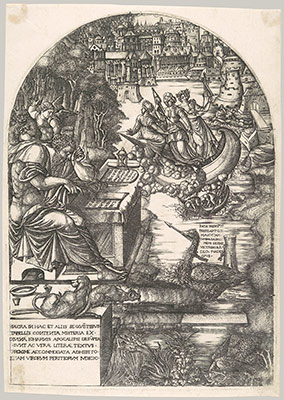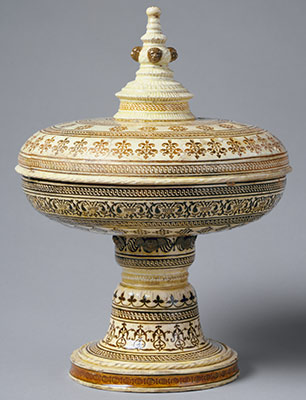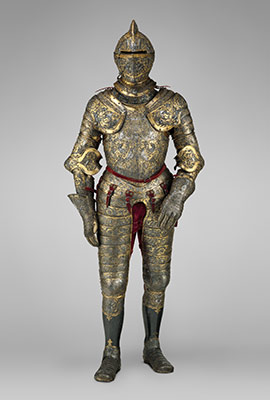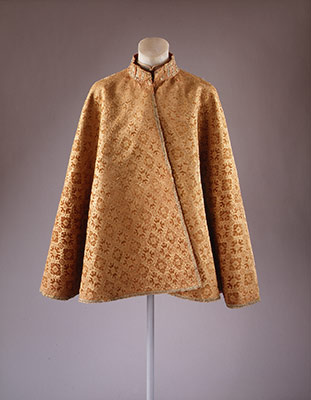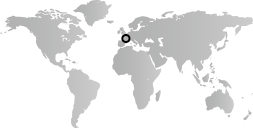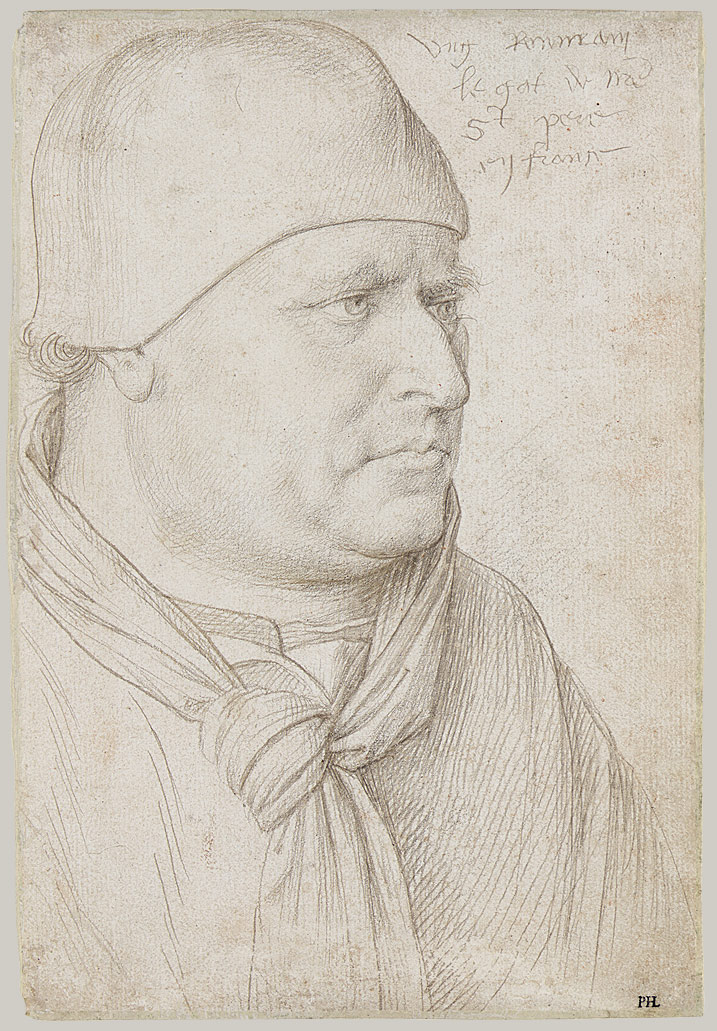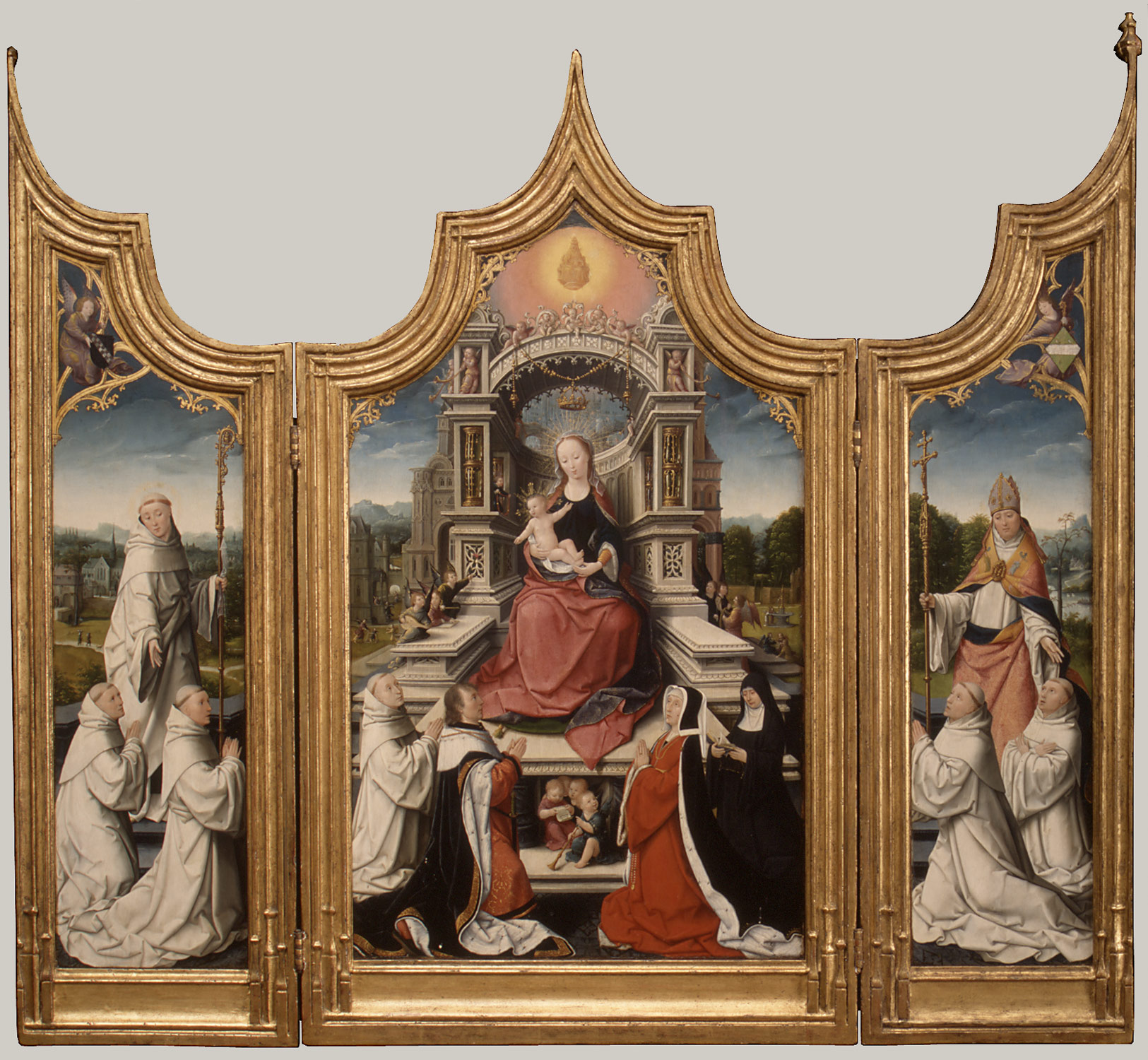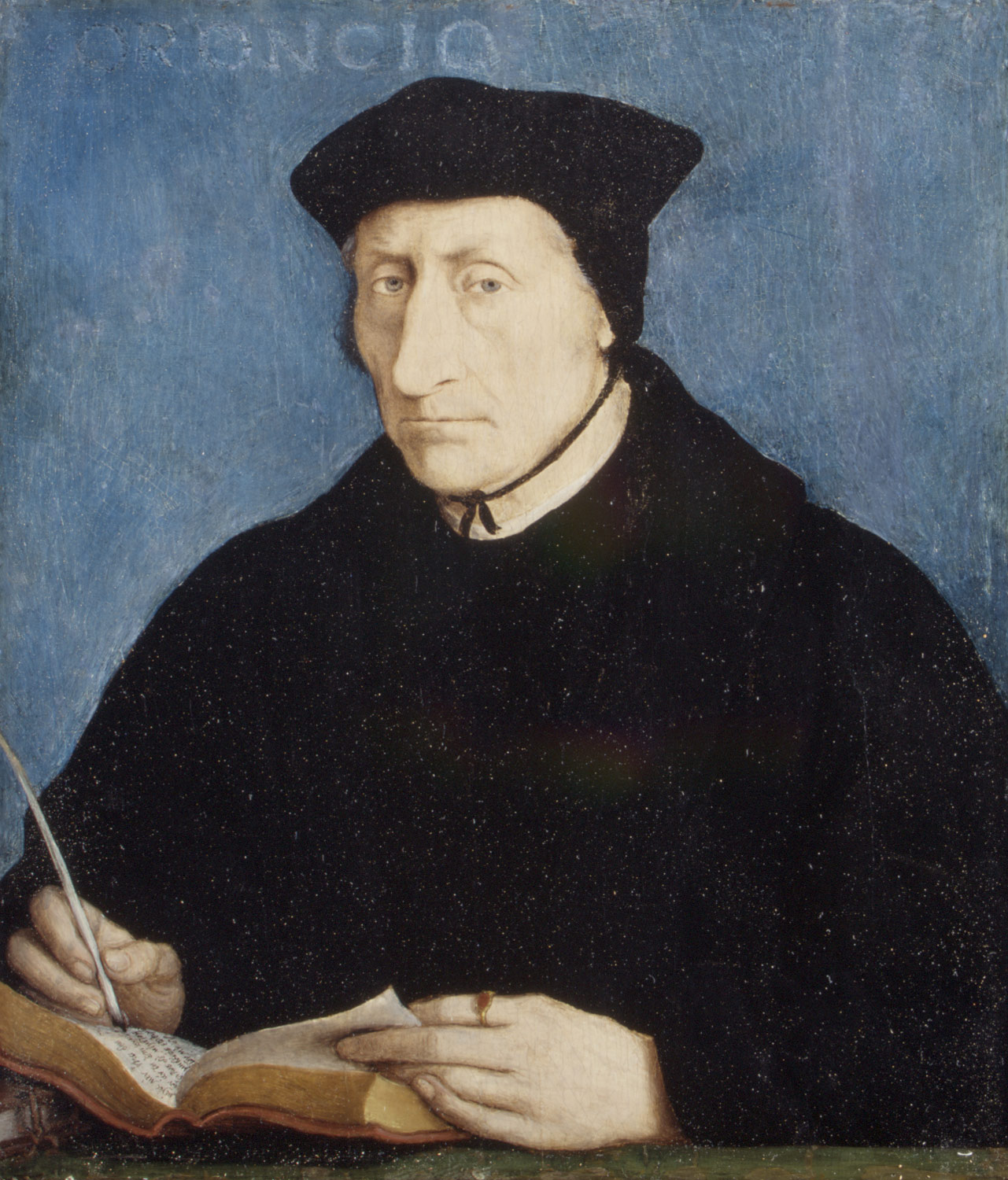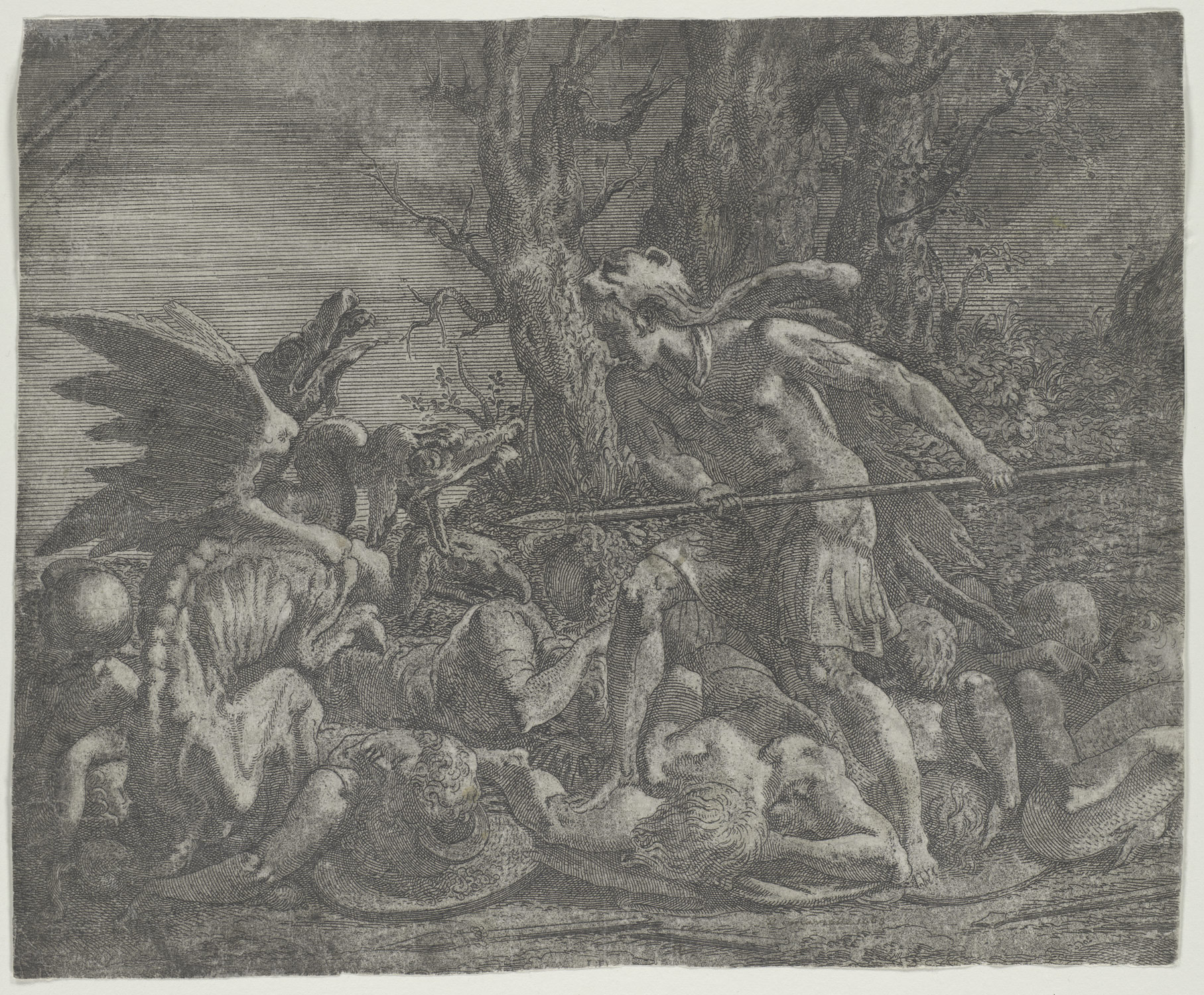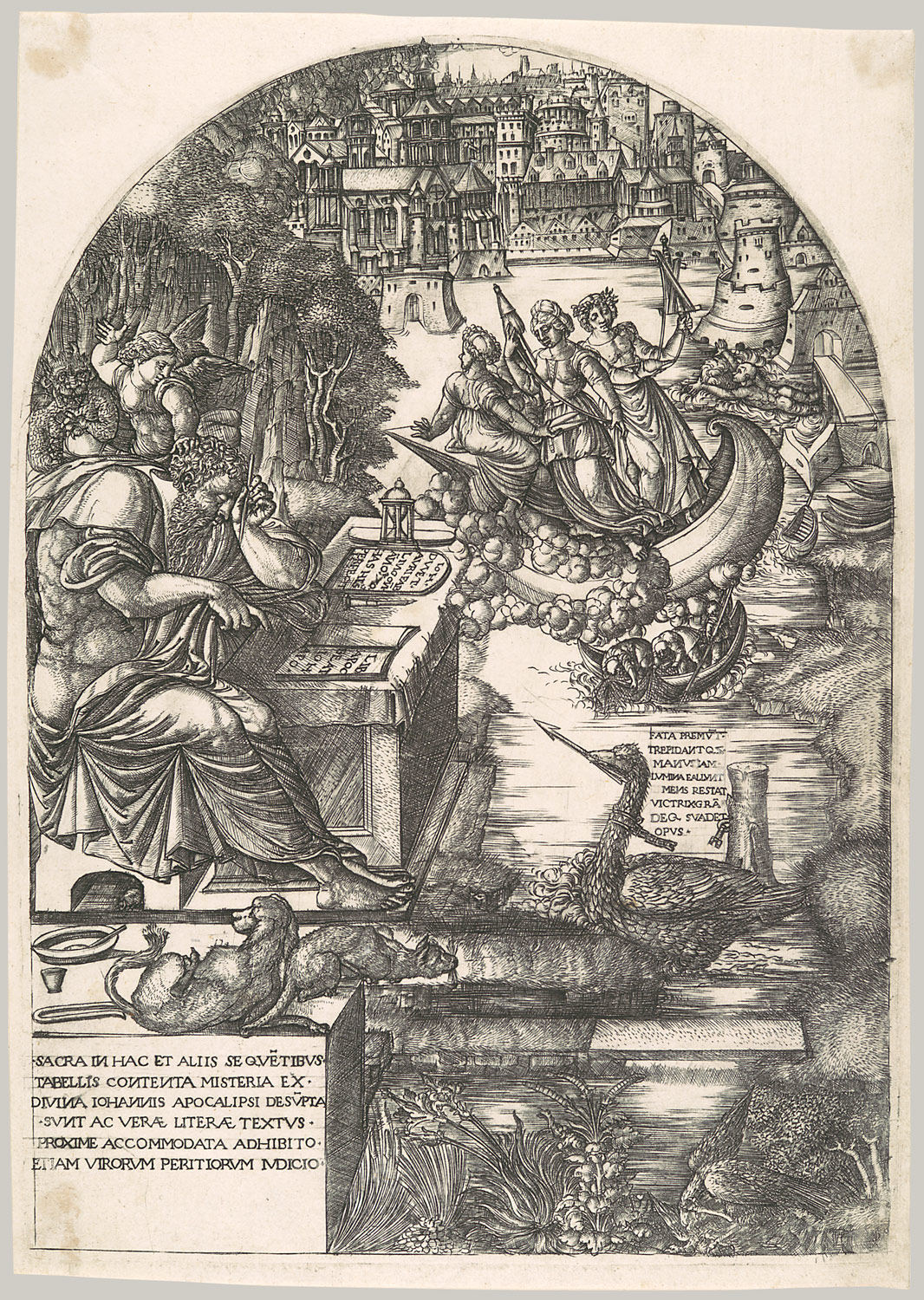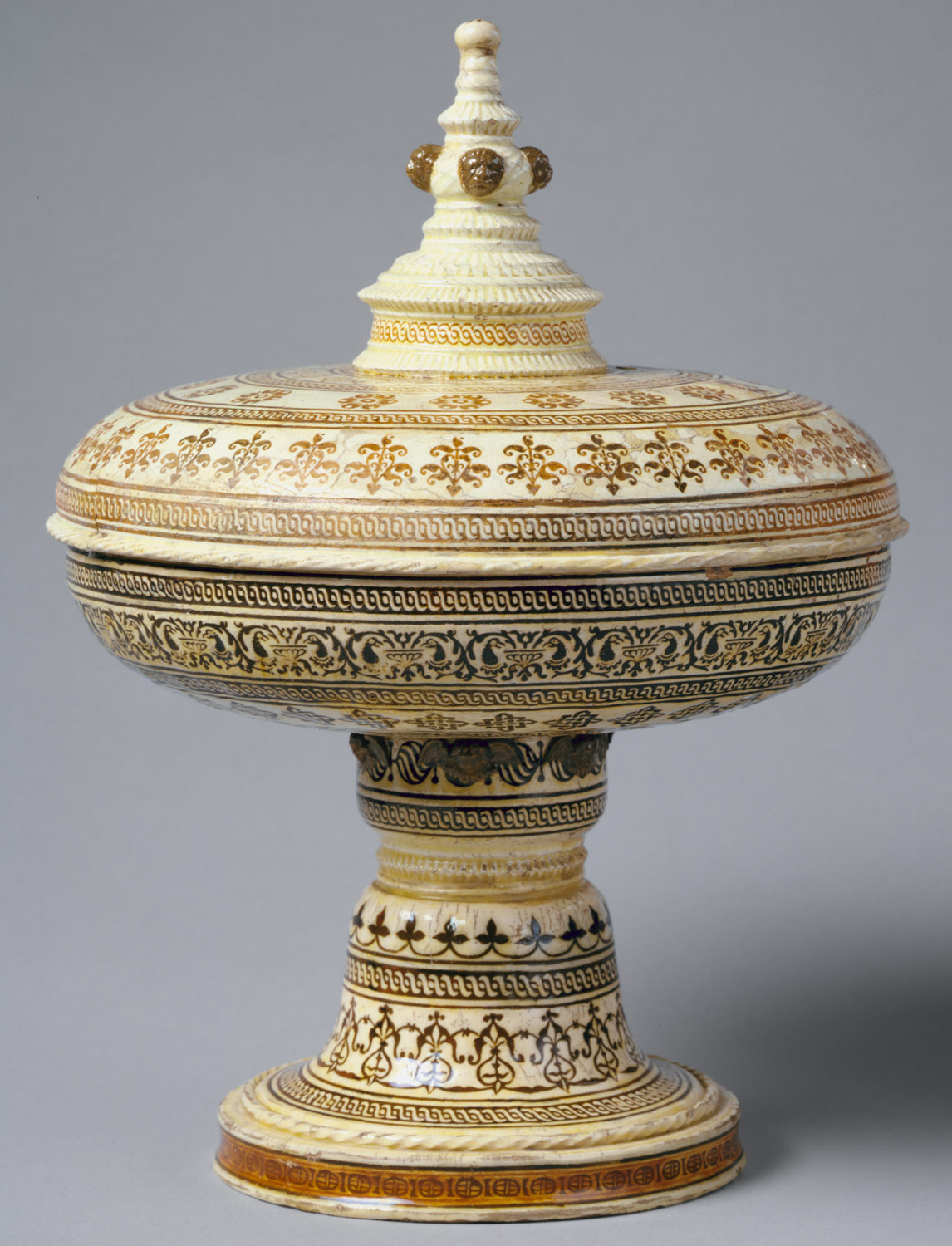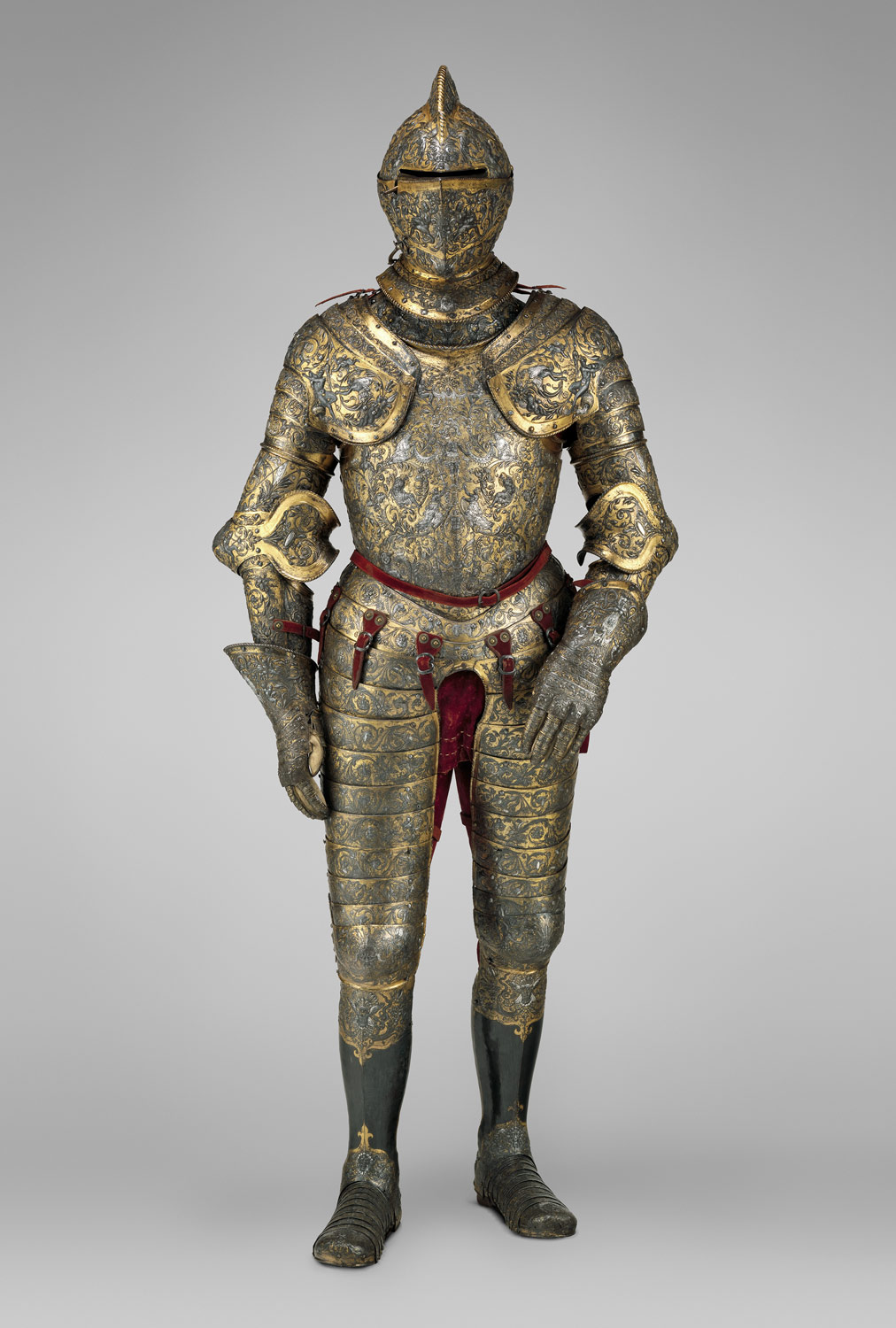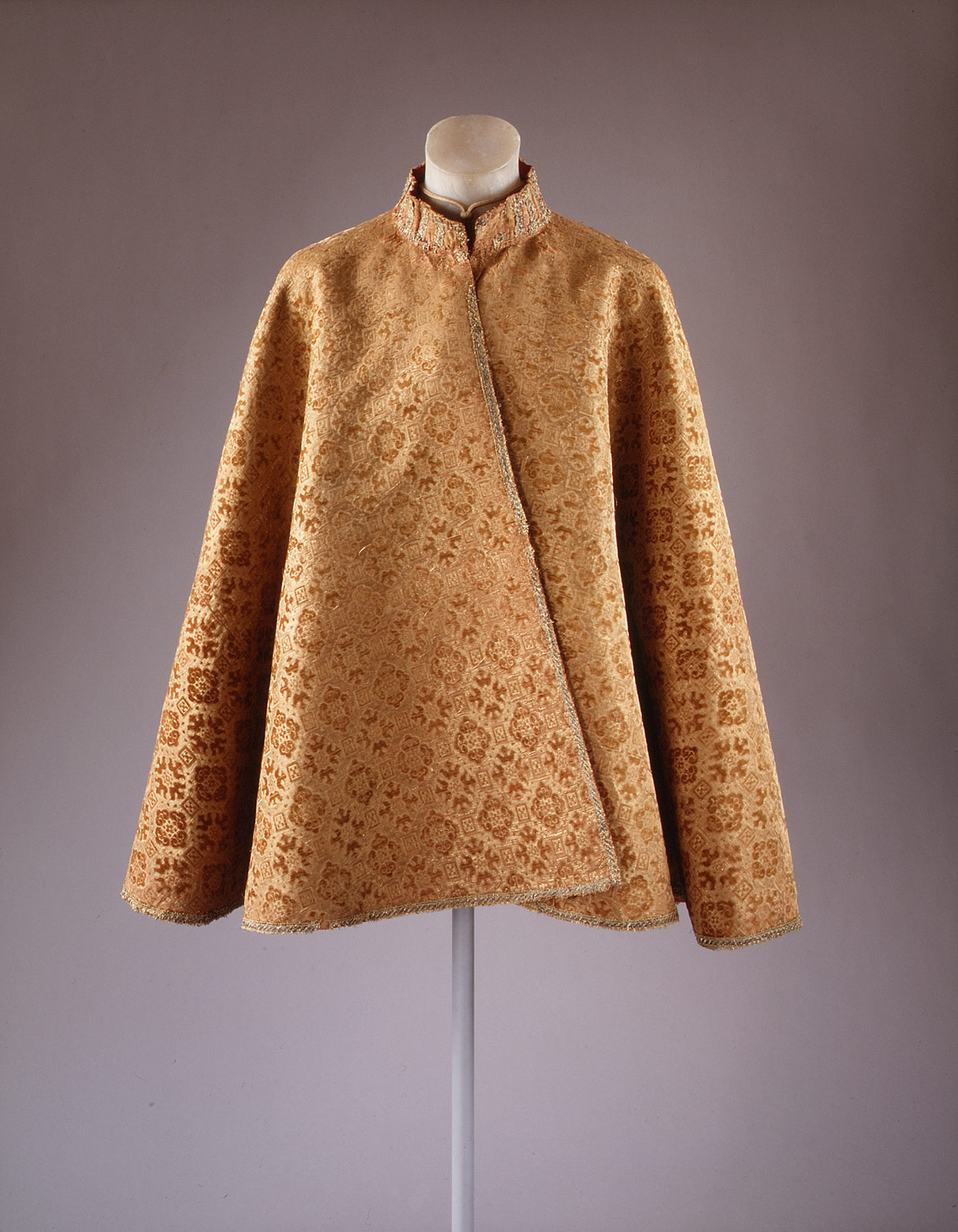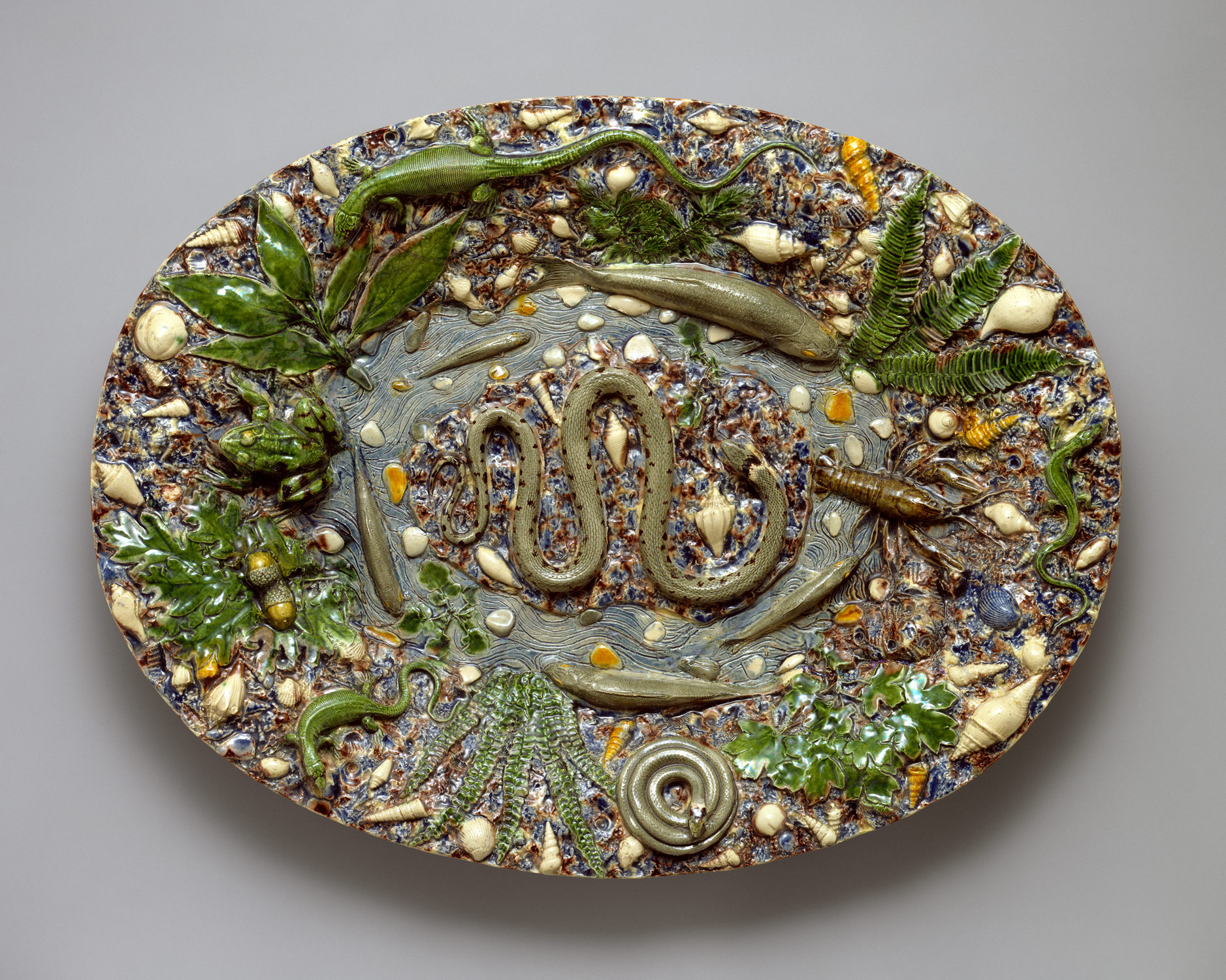The fifteenth century opens with civil unrest as the Armagnacs and Burgundians, two powerful political factions, war for control of France during the frequent periods of insanity suffered by King Charles VI (r. 1380–1422). The dukes of Burgundy ally themselves with England, France’s enemy in the Hundred Years’ War, but their aid is unsolicited in the crushing defeat of French forces dealt by the English in 1415 at the Battle of Agincourt. By the 1420s, England possesses most of France north of the Loire River, and the English king Henry V is named heir to the throne. King Charles VII of France (r. 1422–61) routs the English forces by 1453.
At the turn of the sixteenth century, France is engaged in the Habsburg-Valois Wars for the takeover of several Italian city-states. The wars continue until 1559, and are a crucial factor in introducing the French to Italian Renaissance ideas, which are brought back to France and epitomized in the celebrated court of François I (r. 1515–47). Around 1528, François establishes Paris as his principal residence, strengthening its role as the cultural and economic hub of France, and making it the country’s political center as well. By mid-century, followers of John Calvin (1509–1564) instigate the Reformation in France. French Protestants, called Huguenots, are brutally suppressed; the latter decades of the century are occupied by civil war between Protestant and Catholic groups, until the 1598 Edict of Nantes grants Protestants freedom of worship under Henry IV (r. 1589–1610).
